Your Clinic
SET A LOCATION
Your Clinic
SET A LOCATION
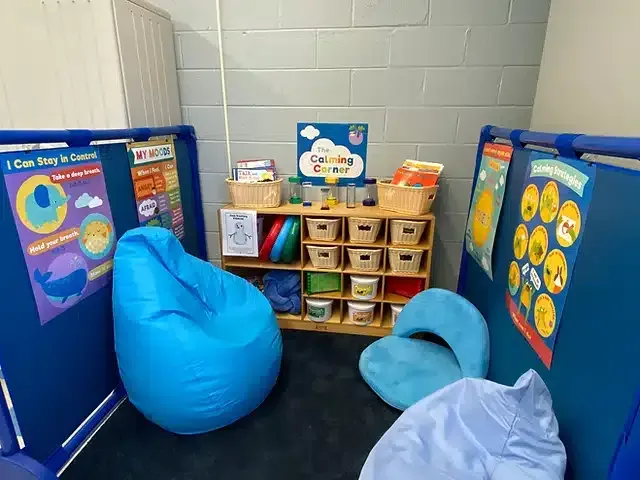
In the bustling environment of a preschool classroom, young children are constantly exposed to new experiences, stimuli, and social interactions. While this environment is rich with opportunities for growth and learning, it can also become overwhelming for some children. That’s where the concept of a sensory calming corner comes into play. A sensory calming corner is a designated space in your classroom where children can retreat to manage their emotions, reduce sensory overload, and regain a sense of calm. Here’s a guide to creating and utilizing a sensory calming corner in your preschool classroom.
Preschoolers are at a stage where they are still learning to regulate their emotions and responses to sensory input. Loud noises, bright lights, and constant activity can sometimes lead to overstimulation and stress. A sensory calming corner provides a safe haven where children can self-regulate, helping to prevent meltdowns and encouraging emotional development.
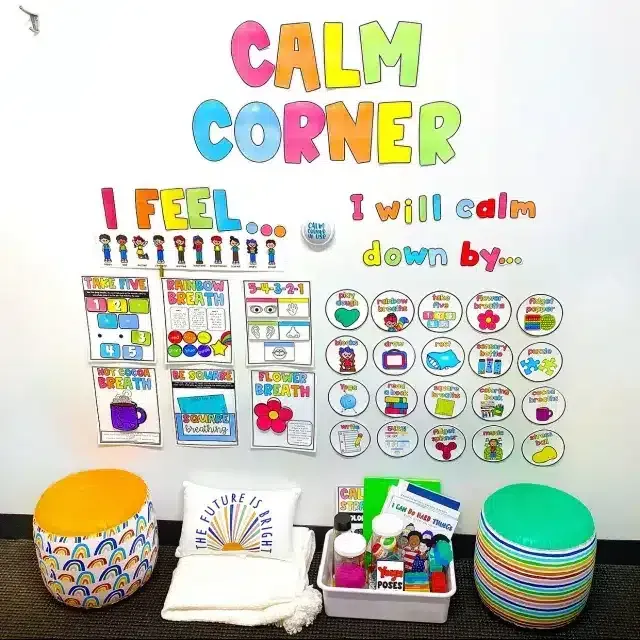
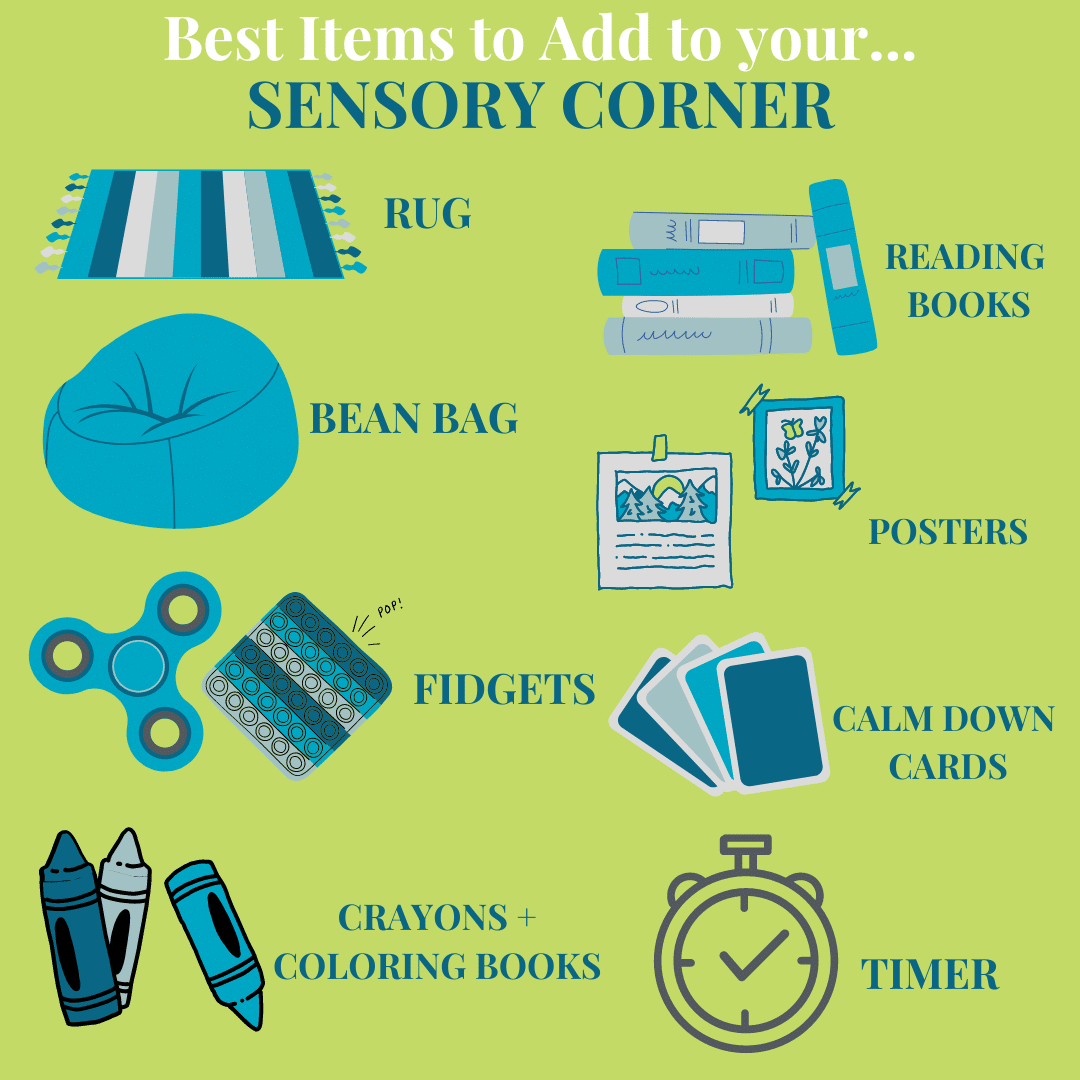
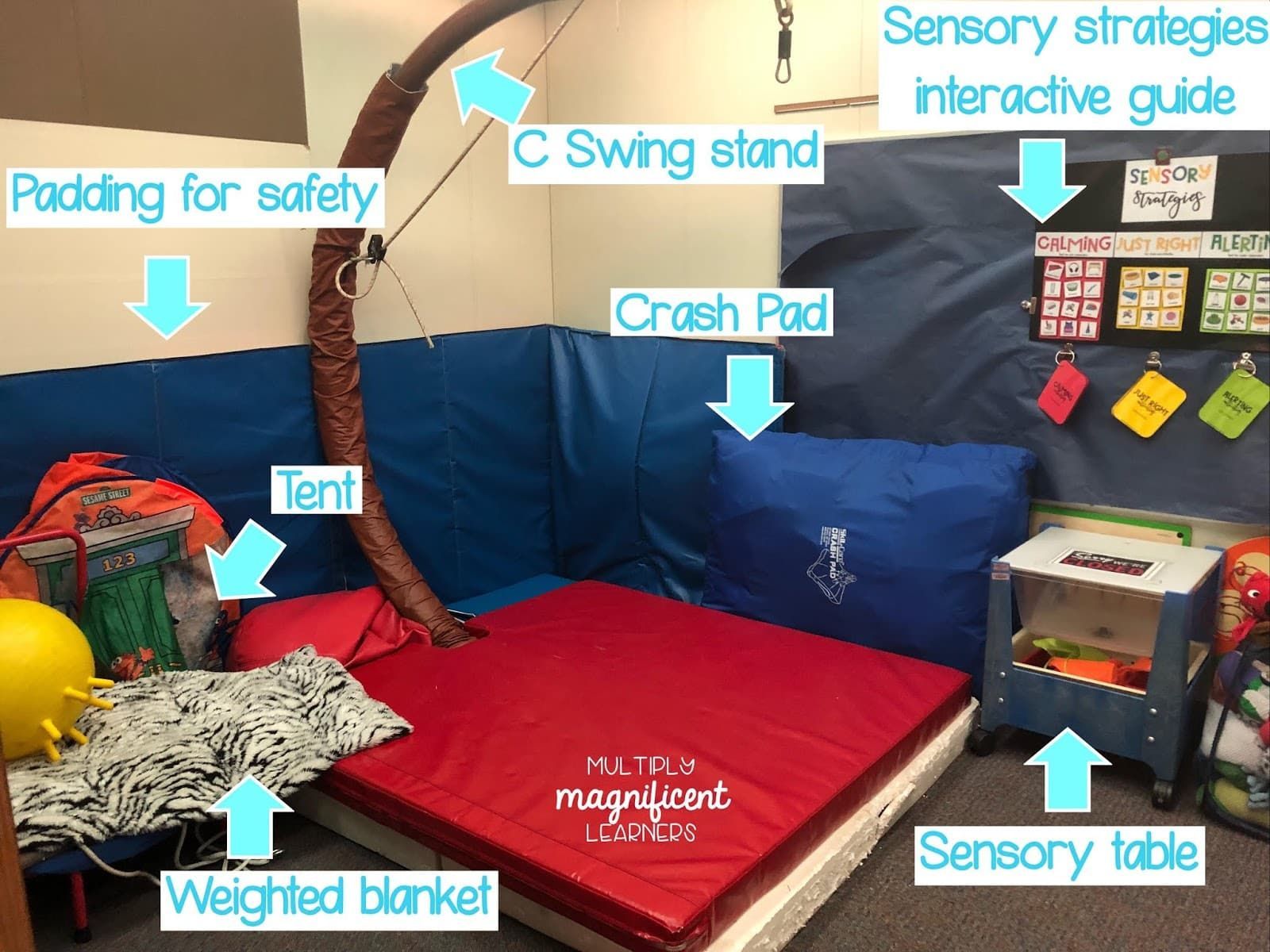
A sensory calming corner is a valuable addition to any preschool classroom. It provides children with a safe space to retreat, regulate their emotions, and return to their activities feeling more balanced and ready to learn. By thoughtfully designing and implementing this space, you can create a more supportive and nurturing environment for all your students.
It’s a small step that can make a big difference in their daily lives, helping them to navigate the world around them with greater ease and confidence.
PPT is committed to empowering children and families through specialized Physical, Occupational, Speech, and Feeding Therapy. With a compassionate team of pediatric therapists, PPT focuses on providing individualized care, enhancing development, and fostering hope and happiness in a supportive environment.
Contact us for an evaluation. For more parenting tips and tricks, don’t forget to subscribe to our blog and YouTube channel . Share your own experiences in the comments below, or reach out if you have any questions!
The post Creating a Sensory Calming Corner in Your Preschool Classroom appeared first on PPT4Kids.






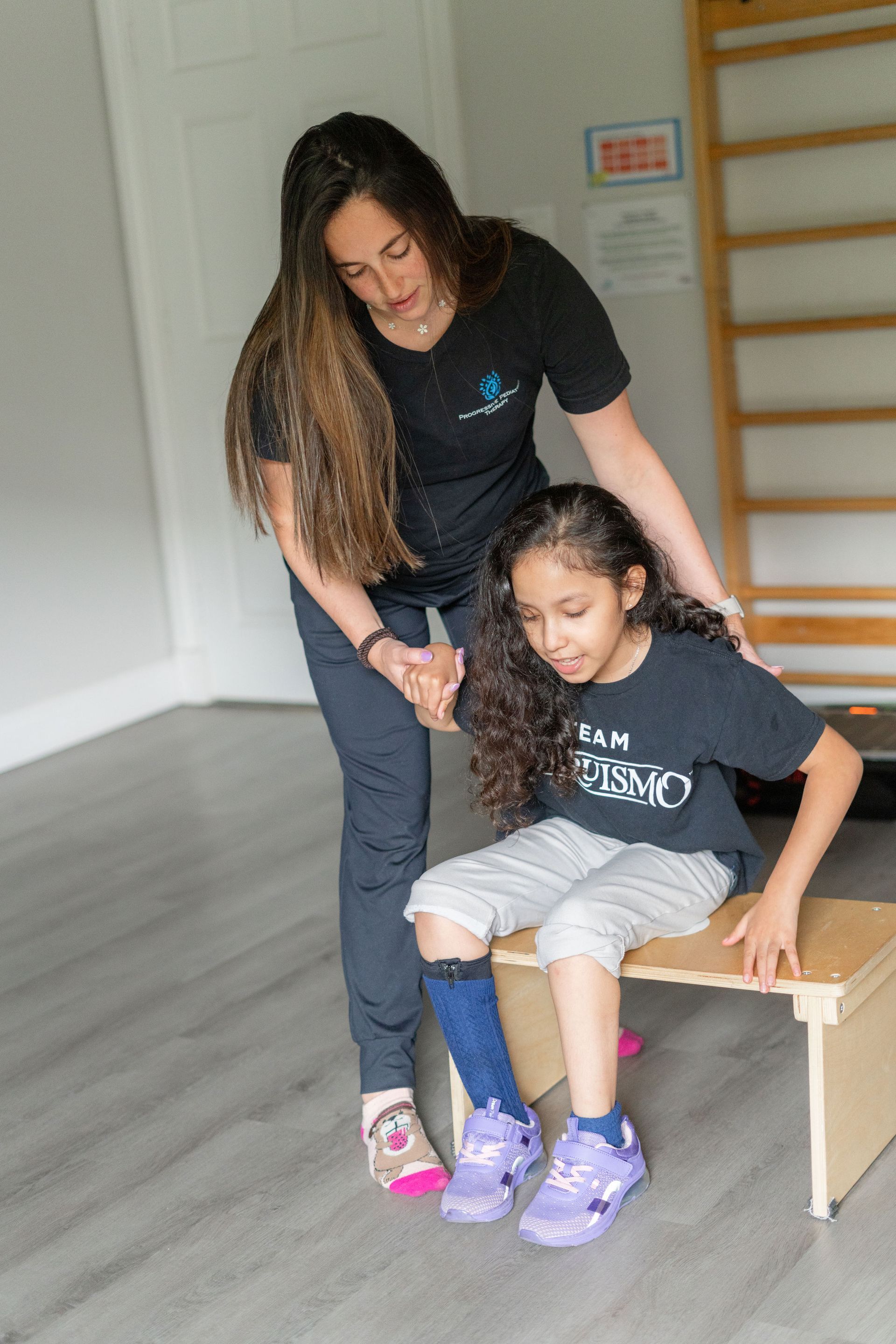
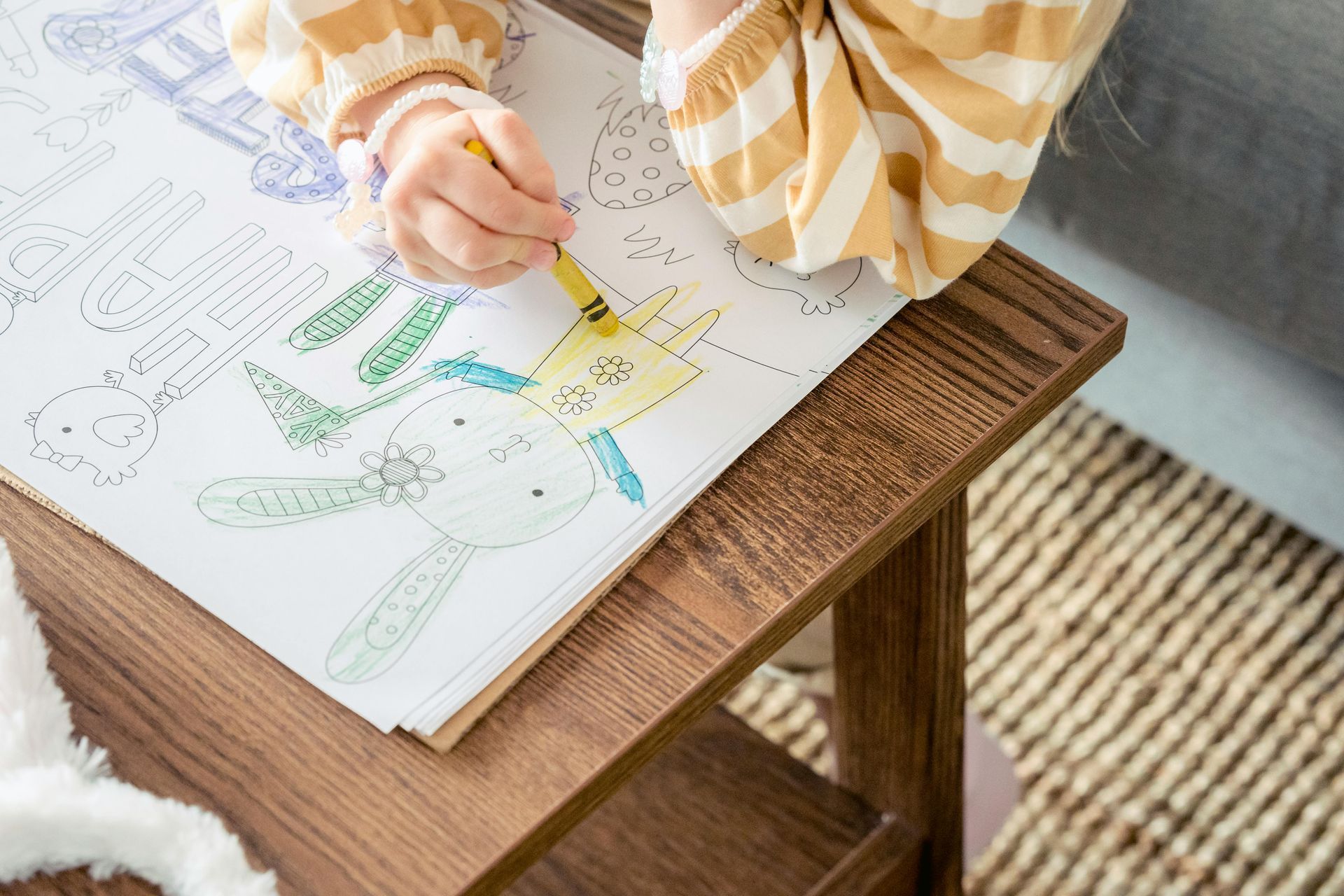

We empower children, families, and the community to learn, grow, and celebrate every child's unique abilities.
Quick Links
Contact Details
Phone: 561-376-2573 | 561-918-0190
Fax: 561-218-4939
VIP Concierge: 561-717-1764
Clinic Locations
All Rights Reserved | Progressive Pediatric Therapy, Inc. | Privacy Policy | Terms of Service
Site by Spearlance